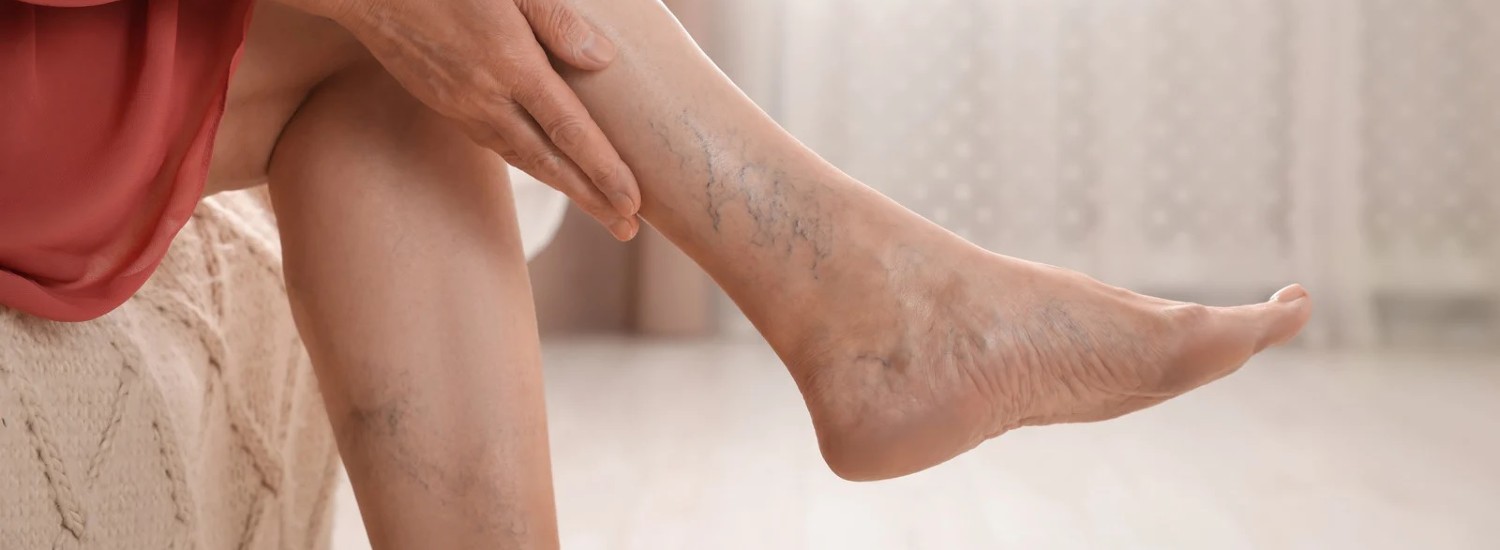Top rated

What Are Your Top Tips and Tricks for Varicose Vein Treatment Planning?
Preintervention considerations to help streamline treatment.
With Sheila N. Blumberg, MD, MS; Ramona Gupta, MD, FSIR; and Kimberly Scherer, DO
The rapid advancement of technologies to treat venous disease over the past century, coupled with the diverse presentations among patients, makes the development of treatment paradigms both challenging and exciting. These complexities underscore the artistry inherent in surgery, particularly as the preintervention phase grows increasingly critical to ensuring the obliteration of venous hypertension sources and improving patient-centered outcomes.
Shared decision-making between the patient and provider remains paramount. The goals of a patient seeking cosmetic treatment for spider veins differ inherently from those of a patient presenting with an active venous ulcer, which may necessitate a more comprehensive or “kitchen-sink” approach. However, the initial evaluations are similar and include a thorough history—capturing thromboembolic events, previous interventions, pregnancies, and fibroid disease—alongside a focused physical examination, with particular attention to skin findings documented via photography. Lower extremity venous duplex imaging, incorporating both deep and superficial insufficiency testing, is also essential.
For patients with a history of venous thromboembolism, pelvic surgery, fibroid disease, pudendal or pelvic escape varices, deep venous reflux, asymmetric disease, or suspected compressive syndromes, axial imaging of the pelvic venous outflow system using CT or MR venography is recommended. Although these modalities have sensitivities and specificities ranging from 71% to 95%, they carry the risk of false negatives for subtle lesions detectable only via intravascular ultrasound (IVUS). Nevertheless, the information gleaned often informs subsequent treatment planning.
1. Location, location, location! The importance of site-specific assessment cannot be overstated. Is there deep venous obstruction in the suprainguinal veins? Are pelvic masses involved? Does superficial reflux extend below the knee? Addressing these questions is critical to tailoring treatment order and minimizing complications. For instance, in a patient with ulcers, iliofemoral obstruction, superficial vein reflux in the great saphenous vein, and a history of ipsilateral deep vein thrombosis (DVT), addressing the iliofemoral obstruction first—via venography, IVUS, and stenting—can reduce the risk of postprocedural DVT. Each patient’s scenario dictates the optimal approach.
2. All-in-one or one-for-all? Determining whether to perform procedures in a single stage or across multiple stages depends on factors such as patient tolerance and the procedural setting. Most venous procedures are performed in outpatient office settings under local anesthesia, which patients typically tolerate well. Combining phlebectomy with thermal ablation is preferred for patients with large varicose veins to prevent the painful thrombosis of untreated varicosities. However, for patients with small varicose veins, low pain thresholds, or challenges with awake positioning, staged procedures under monitored anesthesia may be more appropriate.
3. Thermal versus nonthermal, sclerotherapy versus microphlebectomy. Familiarity and access to the spectrum of tools in the venous armamentarium is vital for tailoring interventions. Thermal ablation is highly effective but may result in nerve injury when treating veins below the knee; nonthermal techniques are therefore preferred in these cases. Sclerotherapy is the treatment of choice for reticular and spider veins, whereas microphlebectomy is superior for varicose veins > 3 mm, providing greater success with less pigmentation, staining, or thrombosis and yielding higher patient satisfaction.
By carefully considering these factors during the preintervention phase, the treatment process can be streamlined for both the patient and provider. This methodical approach ensures the highest standard of care while addressing the unique needs and goals of each patient.
First and foremost, have a thorough discussion with the patient about their expectations. Make sure your treatment is aligned with the patient’s goals: Is the patient worried about swelling or spider veins? Will these concerns be addressed with your procedures? Recently, a patient presented with advanced lipodermatosclerosis on the verge of ulceration. His main concern was the hyperpigmentation, which I knew would not significantly improve much less resolve as the patient had hoped. After some discussion, he better understood the risks of his current condition and was willing to undergo treatment. From our discussion, he understood that the discoloration that he disliked would not change much but also understood the necessity of treatment to prevent future complications. Expectations are everything!
Second, make sure the ultrasound and the treatment plan match the patient’s symptoms. I frequently see patients with bilateral edema but only unilateral superficial venous insufficiency. This patient deserves a more thorough workup to determine the cause of edema, as unilateral treatment will not solve their problem. Do not be tempted to treat based on the ultrasound images—treat the patient.
Finally, ensure a good patient experience with a well-trained and knowledgeable clinic staff, thorough and efficient sonographers, timely and comprehensive communication, and specific plans in terms of next steps and follow-up appointments.
When evaluating and treating patients with varicose veins, it is important to thoroughly discuss conservative management in addition to their procedural options. First, graduated compression stockings are a key component of conservative management in patients with varicose veins. Daily graduated compression stocking use can help manage symptoms in the preintervention phase of varicose vein treatment. Graduated compression stockings have been shown to reduce swelling, reduce leg heaviness, reduce leg pain after prolonged sitting, and improve disease-specific quality of life, with overall low rates of negative side effects.1,2 Although daily compliance is an issue, this is still essential to pre- and postintervention.
Prior to intervention, it is important to educate patients on lifestyle modifications they can make to manage symptoms and slow progression of varicose veins. Encouraging regular exercise, weight management, avoiding long periods of sitting and standing, and leg elevation can help improve symptoms and slow disease progression.
Finally, venoactive drugs can be used in the preintervention phase to reduce capillary permeability and decrease endothelial activation/leukocyte adhesion, increase venous tone, and overall decrease inflammation.3 Further studies are needed, but these drugs (eg, micronized purified flavonoid fraction, horse chestnut seed extract, calcium dobesilate, red vine leaf extract, pentoxifylline) have been shown to relieve pain and accelerate venous ulcer healing.3
Fully discussing conservative management and varicose vein treatment options can empower patients to make the best decision for themselves. Encouraging graduated compression stocking use and healthy lifestyle modifications prior to intervention can ensure compliance during treatment and optimize their results after treatment as well.
References
1. Pannier F, Hoffmann B, Stang A, et al. Prevalence and acceptance of therapy with medical compression stockings: results of the Bonn Vein study. Phlebologie. 2007;36:245-249. doi: 10.1055/s-0037-1622192
2. Lurie F, Kistner RL. Trends in patient reported outcomes of conservative and surgical treatment of primary chronic venous disease contradict current practices. Ann Surg. 2011;254:363-367. doi: 10.1097/SLA.0b013e31821d4a5f
3. Orhurhu V, Chu R, Xie K, et al. Management of lower extremity pain from chronic venous insufficiency: a comprehensive review. Cardiol Ther. 2021;10:111-140. doi: 10.1007/s40119-021-00213-x
Source: Endovascular Today
Important Notice:
All information, including any potential spelling or phrasing errors, has been quoted directly.
The information in the content, including any advice or direct/indirect guidance (if any), is not under the responsibility of variscorabi.com.
The medical information and health-related topics in the content are by no means a substitute for professional medical advice.
The content is provided for informational purposes only. Always consult a doctor or specialist for health-related matters.





 Login with Google
Login with Google